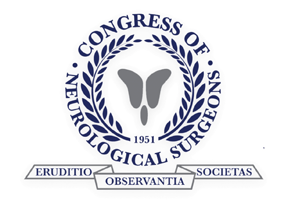When you experience a lower back pain flare-up, it can be tricky to know a.) what has caused it, b.) what can help ease it, and c.) what can make it even worse. Why Is Lower Back Pain So Common? The lower back, or the lumbar region, is the area of the back most susceptible…
Read more
News
MACON, GA – Dr. Kim Johnston and Nandan Hichkad, PA-C of the Georgia Neurosurgical Institute (GNI) have introduced a new minimally invasive option for spinal surgeries to Middle Georgia, using a new robotic procedure to repair severe spinal damage that a patient sustained in a vehicle crash. The procedure was the first of its kind…
Read more
Back pain—it’s so specific and, yet, so vague. On the one hand, saying you experience pain in your back means that you know exactly what area of the body is affected. On the other hand, the back is a large and complex area. Whether your pain is felt at the base of the neck, in…
Read more
If you have a specific issue with your spine, brain, or nervous system and have been referred to a neurosurgeon in Middle Georgia, you may be wondering what that could mean and what that entails. From the name alone, it can sound like surgery is in your near future. It could also sound like you’re…
Read more
Spinal stenosis occurs when the spinal canal narrows, putting pressure on the canal and/or the nerves connected to the spine. On average, people have 32 to 35 vertebrae stacked on top of one another. While spinal stenosis can develop at or near any one of them, the most common areas for spinal stenosis are in…
Read more
Chronic back pain is a highly frustrating condition to live with, and it’s one of the most common ailments people suffer from. While there are several reasons people develop back pain, the overarching reason can be chalked up to a less-than-perfect design of the human body. Our skeletal system is highly advanced, with a spine…
Read more
If you’ve ever experienced back pain, you’re definitely not alone. Pain in the back is one of the most common medical issues Americans suffer from, and complaints of discomfort can range from a dull but tolerable ache to a sharp, intense pain that can limit your movements and mobility. While some can experience a general…
Read more
It’s easy and common to assume neurosurgery only relates to matters of the brain, specifically matters that require surgery. While that is partly true, there is so much more a neurosurgeon is capable of treating. A neurosurgeon is a medical doctor who has undergone rigorous education and training to surgically and non-surgically treat conditions of…
Read more
If you have ever experienced an issue with your brain, spine, or nervous system, it can be hard to know which type of specialist to see for proper care. From neurosurgeons to neurologists, there are several options for medical care, but there’s not a lot of clarity about which one provides the solutions or care…
Read more
A spinal injection—sometimes called epidural steroid injection (ESI), nerve block, or joint block— can offer pain relief or increase mobility by helping reduce inflammation affecting the spinal canal, spinal nerve roots, or joints. Why Do I Need a Spinal Injection? Radiculopathy In the most basic terms, your spine is made up of vertebrae, discs, nerve…
Read more

















